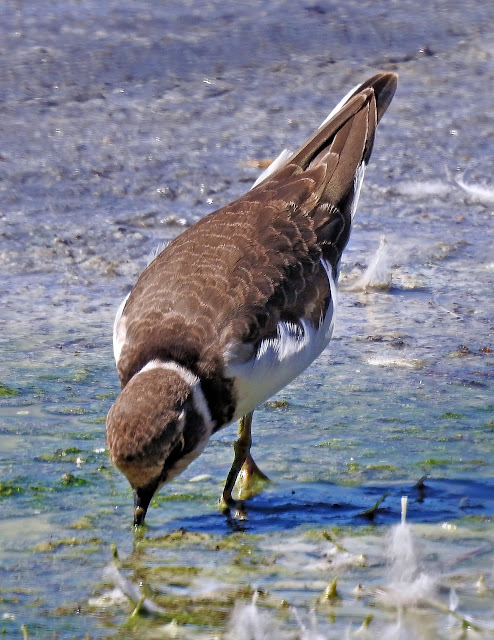Verbena officinalis, the common vervain or common verbena, is a perennial herb native to Europe. It grows up to 70 cm high, with an upright habitus. The lobed leaves are toothed, and the delicate spikes hold clusters of two-lipped mauve flowers.This plant prefers limey soils; it is occasionally grown as an ornamental plant but perhaps more often for the powerful properties some herbalists ascribe to it. Propagation is by root cuttings or seed. It is widely naturalised outside its native range, for example in North America.
Common vervain has been held in high esteem since classical antiquity; it has long been associated with divine and other supernatural forces, and it has an equally long-standing use as a medicinal plant. Herbal capsules are used as a soporific drug in much the same way as for the better known valerian.
Verbena officinalis herb has been used in the traditional Austrian medicine internally (as tea or liqueur) for treatment of infections and fever. Medical use of Common Vervain is usually as a herbal tea; Nicholas Culpeper's 1652 The English Physitian discusses folk uses. "Vervain", presumably this species, is one of the original 38 Bach flower remedies, prescribed against "over-enthusiasm". In the modern era, it is sometimes considered a powerful "ally" of poets and writers, as its relaxing effects can relieve writer's block. It cannot be considered safe to use during pregnancy as it might cause miscarriages.
While common vervain is not native to North America, it has been introduced there and the Pawnee have adopted it as an entheogen enhancer and in oneiromancy, and is often referred to as the North American version of Calea zacatechichi.
In western Eurasia, the term "verbena" or "vervain" usually refers to this, the most widespread and common member of the mostly American genus occurring there. It was called "tears of Isis" in Ancient Egypt, and later on "Juno's tears". In Ancient Greece, it was dedicated to Eos Erigineia. In the early Christian era, folk legend stated that Common Vervain was used to staunch Jesus' wounds after his removal from the cross; hence names like "Holy Herb" or (e.g. in Wales) "Devil's bane"
Because of the association with the Passion of Christ, it came to be used in ointments to drive out and repel "demonic" illness. Vervain flowers are engraved on cimaruta, Italian anti-stregheria charms. In the 1870 The History and Practice of Magic by "Paul Christian" (Jean-Baptiste Pitois) it is employed in the preparation of a mandragora charm
Hazlitt's Faiths and Folklore (1905) quotes Aubrey's Miscellanies (1721): "Vervain and Dill / Hinder witches from their will."
A Royal Navy Arabis-class sloop of the World War I era was named HMS Verbena, and in World War II a Group 1 Flower-class corvette bore the same name; a Group 2 vessel of the latter class was called HMS Vervain. The only Verbena widely found in England in a native state is common vervain, though it is just as possible that the names reference the popular ornamental verbenas, such as the garden vervain.


%201.jpg)
%201.jpg)
%202.jpg)
%201.jpg)





%201.jpg)
%202.jpg)
%201.jpg)
%203.jpg)
%201.jpg)
%202.jpg)
%201.jpg)
%202.jpg)
%204.jpg)


%201.jpg)
%202.jpg)



%201.jpg)




%201.jpg)
%202.jpg)







%201%20.jpg)
%202.jpg)